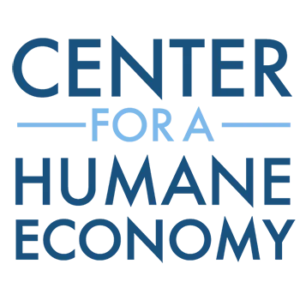Dramatic decline of Thoroughbreds in competition probably due to national track-safety rules, and the harness-racing industry has opted out of observing these HISA rules
Washington, D.C. — Reacting to a recent spate of horse deaths tied to harness racing, Animal Wellness Action and the Center for a Humane Economy are calling for harness-racing leaders to abide by rules set up by the federal Horseracing Integrity and Safety Authority that the Thoroughbred industry has widely embraced.
“Harness racing has always had accidents, but the recent crashes that injure horses and drivers are an ugly and distressing wake-up call,” said Fred Hudson, director of equine welfare for the groups.

Seven accidents have occurred at seven different tracks within the past 15 days, leading to the deaths of three horses and trips to the hospital for four drivers. Hudson said the spate of tragedies is not dissimilar to the run of breakdowns that characterized the 2023 spring races, most notably at Churchill Downs.
“I simply do not understand why the harness racing industry is not abiding by safety rules at its tracks. It is putting the welfare of the equine and human athletes who are at the center of its commercial enterprise at extreme risk,” said Wayne Pacelle, president of the animal-welfare organizations. “The spate of crashes that disable and kill horses and drivers are plain evidence that a federally deregulated harness racing industry is unsafe at any speed.”
Animal Wellness Action and its sister organization were key proponents of HISA and helped ensure its enactment in 2020. The law subsequently overcame a constitutional challenge, and its safety regulations were put in place in 2022 and doping regulations in 2023. (Both the act and the enforcing authority are known as HISA.)
“Since Thoroughbred tracks began complying with HISA strictures, there has been a dramatic drop in racing-related deaths,” said Fred Hudson, director of equine welfare for Animal Wellness Action and the Center. “We are confident that the same improved outcomes would save horses’ lives if they were applied to the standardbreds on harness tracks.”
HISA is making a difference, as reported in HISA’s first quarter 2024 metrics report. The agency identified a 38 percent decrease in racing-related fatalities year over year. Racetracks operating under HISA’s rules and running races in the first quarter reported 0.84 racing-related equine fatalities per 1,000 starts, compared to 1.35 racing-related equine fatalities per 1,000 starts in the first quarter of 2023.
Not all Thoroughbred tracks are under HISA control, however, with racing commissions in several states refusing to comply. They include Texas, Louisiana, and West Virginia. In those places and at other tracks not operating under HISA, deaths continue to occur with greater frequency compared to HISA tracks.
“Harness racing should embrace a regulatory regime that more quickly resolves disputes, is creative about improving racing integrity, and in its short life has shown it can save more racehorses,” said Andrew Cohen, a Standardbred owner and breeder who writes a weekly column at Paulick Report.
“Everyone in harness racing should be helping those who are working behind the scenes to prepare for a transition to HISA if and when that day comes. And it can’t come soon enough for those of us frustrated by state racing commissions,” he said.

